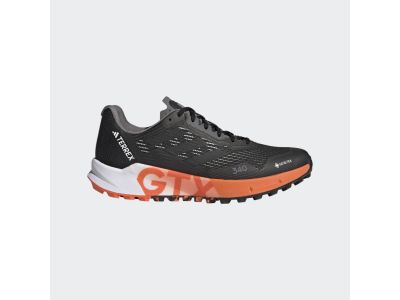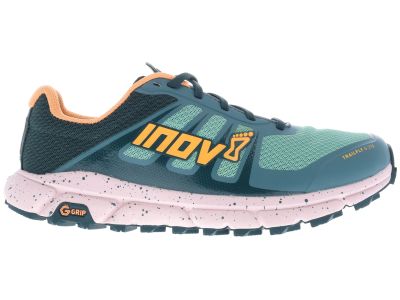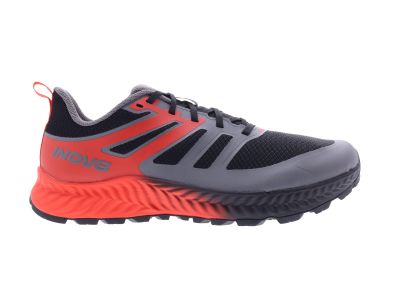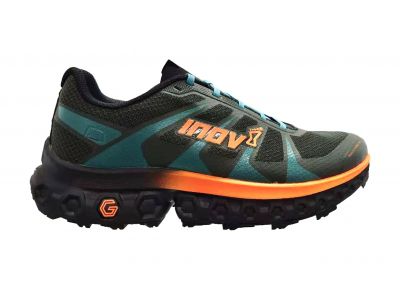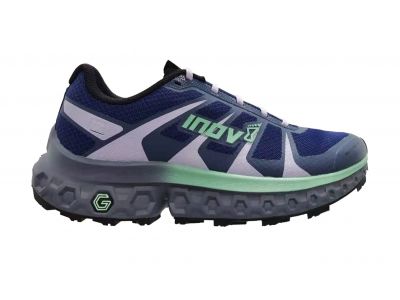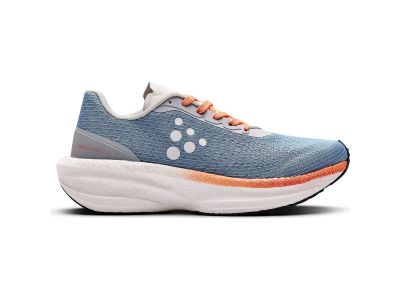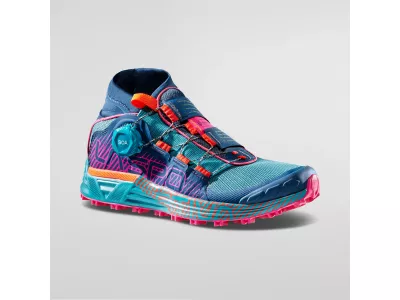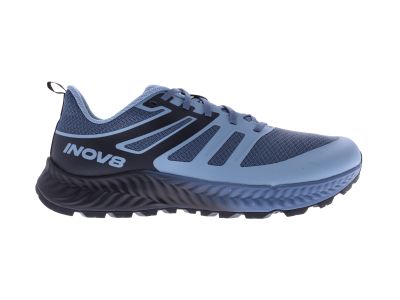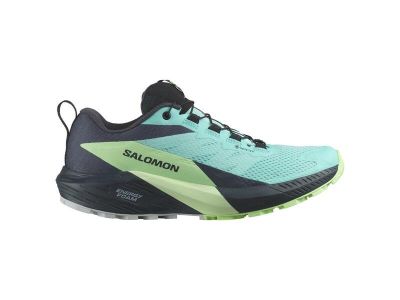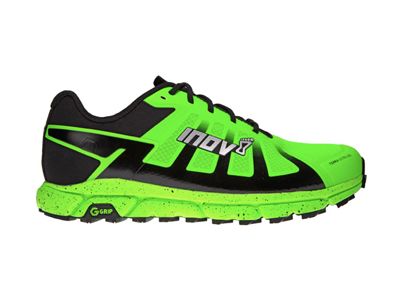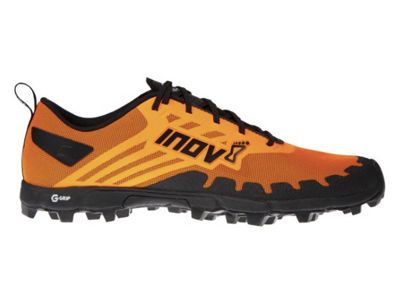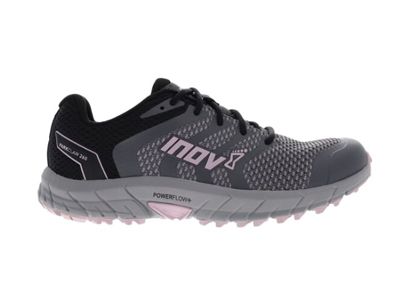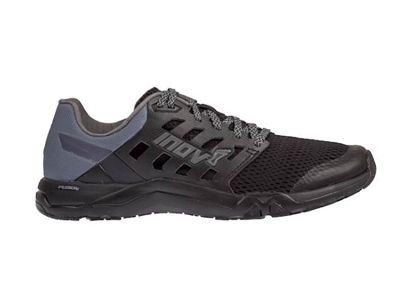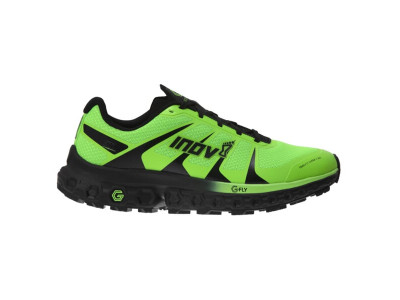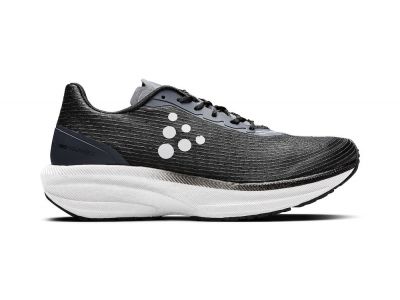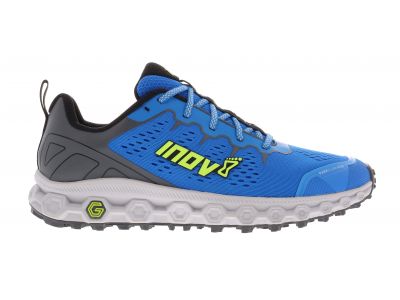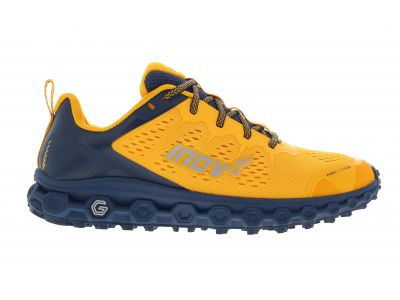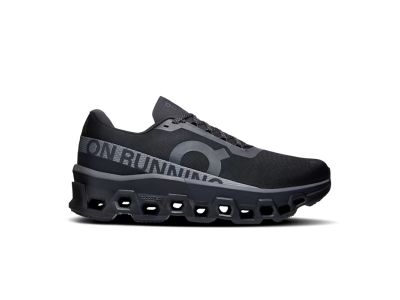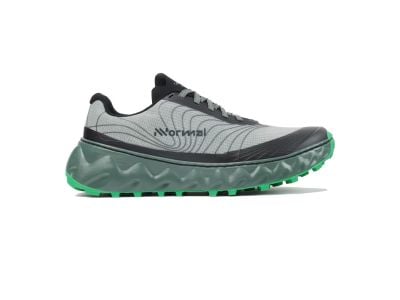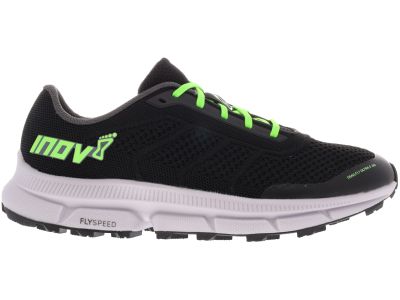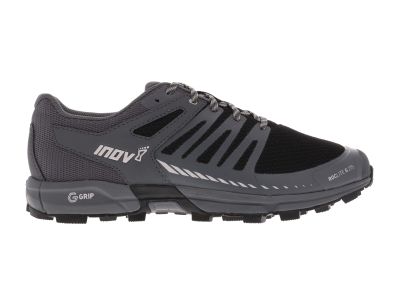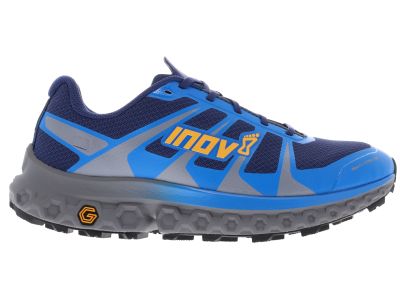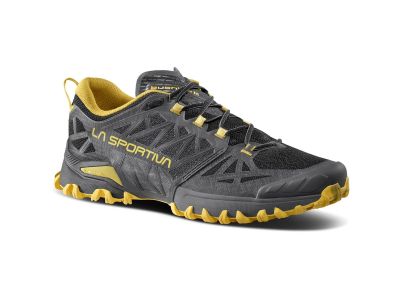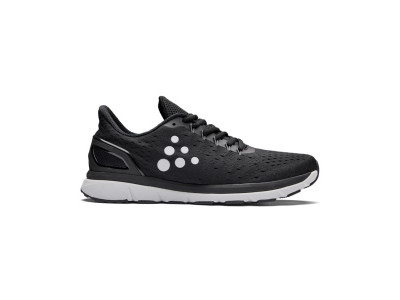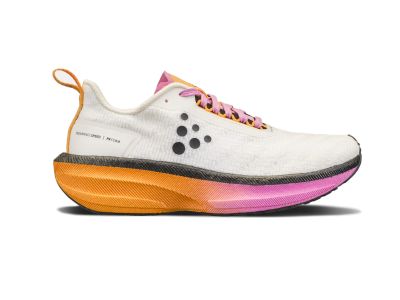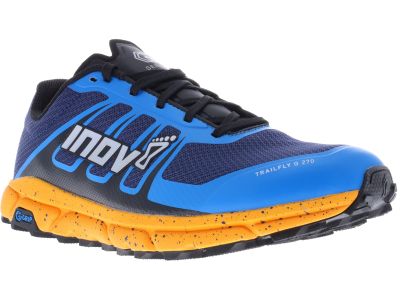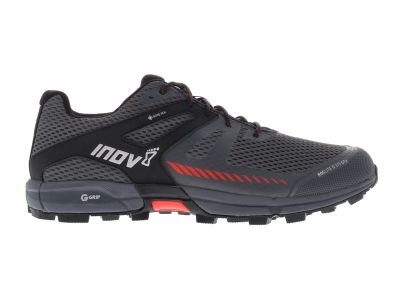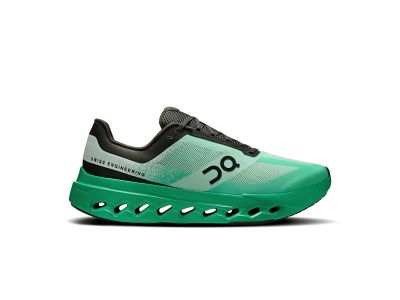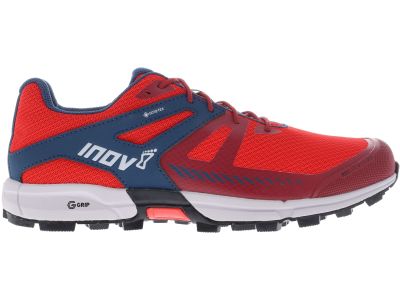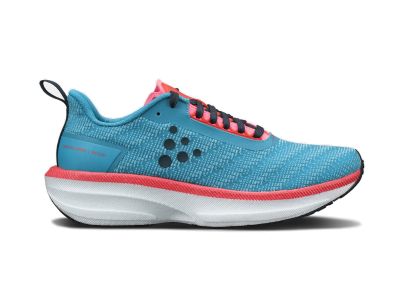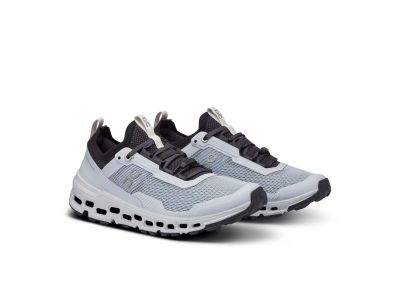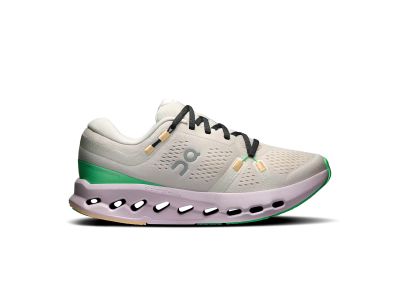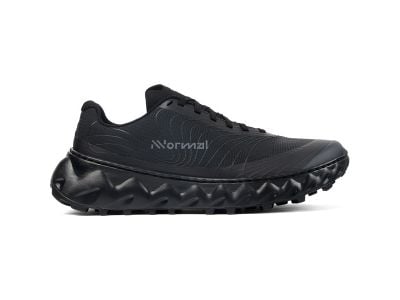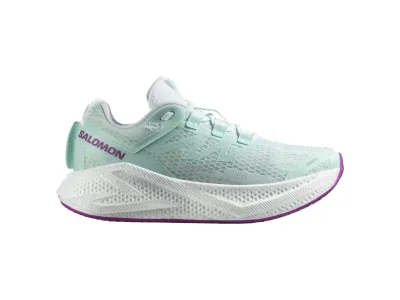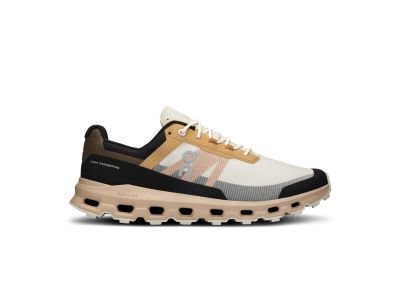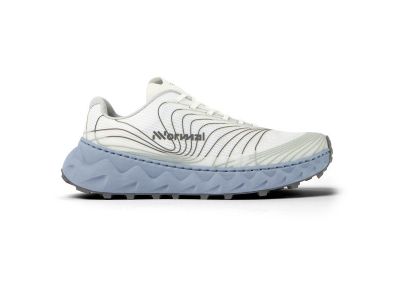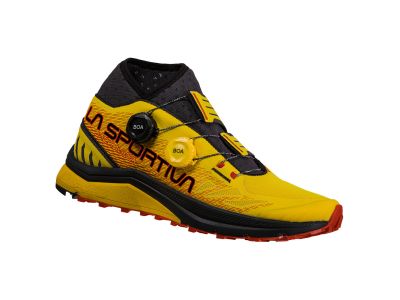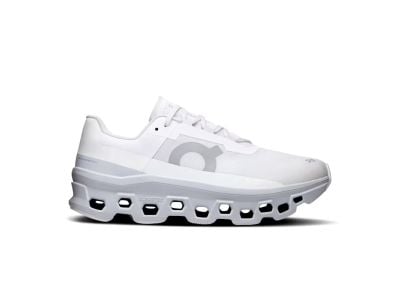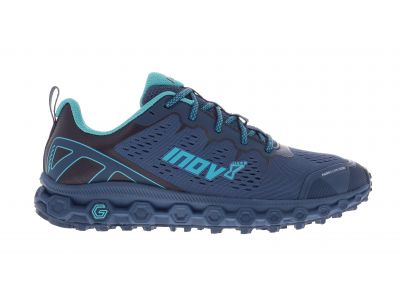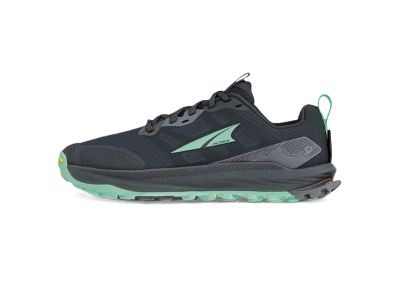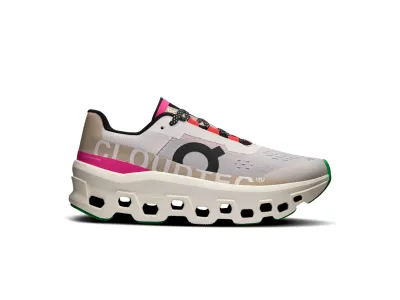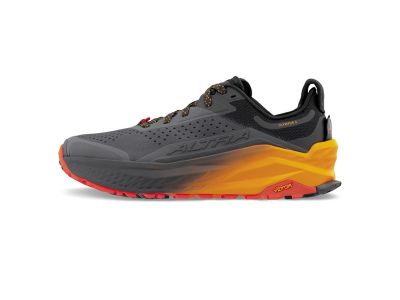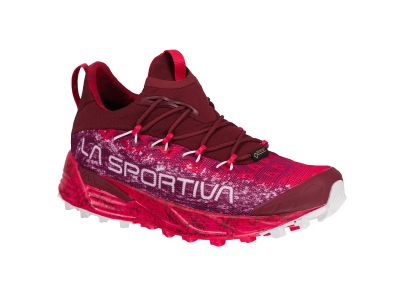Running shoes are the core of your running gear. Choosing the right running shoes is essential, as poorly chosen footwear can lead to various health problems, affecting not only the knees, hips, and ankles but also the spine and the whole body. The main criterion when choosing running shoes should be the surface you run on. Based on this, we distinguish between road running shoes, trail running shoes, all-round running shoes. For experienced runners, minimalist or barefoot shoes may also be suitable. When picking your shoes, also consider size, foot strike type, running experience, and running conditions. Most importantly, make sure the shoes fit well and feel comfortable.
How to decide when selecting the right type of running shoes?
When choosing the ideal running shoe, consider the following features of each type:
- Trail running shoes:
- Trail running shoes have a sole with an aggressive tread pattern for traction on uneven terrain.
- Trail running shoes are equipped with protective elements, reinforced zones that protect your feet from stones, roots, and impacts.
- For moving on unpredictable forest surfaces, pick trail shoes that provide sufficient foot support and good stability.
- If you often run in wet or muddy conditions, consider waterproof or water-resistant surfaces and materials in your trail running shoes.
- All-round running shoes:
- All-round running shoes can perform well on a variety of surfaces, including trails, roads, and tracks.
- All-round running shoes balance cushioning with responsiveness to achieve comfort and performance on a variety of terrains.
- All-round running shoes have a durable sole that provides good traction without being too aggressive.
- Road/asphalt running shoes:
- Road and asphalt running shoes have sufficient cushioning and shock absorption to protect against impacts and impacts on hard surfaces.
- Road running shoes have a smooth, durable sole that provides traction on the road without being too aggressive.
- Road running shoes have enough flexibility and quick response for smooth and efficient running on flat surfaces.
- Road running shoes are typically lightweight with breathability and moisture-wicking properties for comfort during longer road runs.
What is the difference between running shoes and other types of athletic shoes?
Running shoes are specifically designed to provide cushioning and stability to handle the repeated impact of running. They typically feature more cushioning in the heel and forefoot to absorb shocks and reduce injury risk. They also have a higher heel-to-toe drop (the difference in height between the heel and forefoot) to support forward motion during a run.
What features should a good running shoe have?
When looking for good running shoes, consider the following features:
- Proper fit: Make sure your shoes are the right size and width for your feet. They should be snug but not too tight and provide enough room for your toes to move comfortably.
- Cushioning: Look for shoes with sufficient cushioning in the heel and forefoot to absorb shock and reduce stress on your joints.
- Support: Choose shoes with good arch support that provides stability to prevent excessive pronation (rolling the foot inward) or supination (rolling the foot outward) of the foot.
- Breathability: Choose shoes made of breathable materials to keep your feet cool and dry while running.
- Weight: Consider the weight of the shoe, as lighter shoes can help increase speed and agility.
- Flexibility: Look for shoes that are flexible enough to allow your foot to move naturally while running.
- Durability: Choose shoes made from high-quality materials that can withstand the wear and tear of regular running.
- Heel-to-toe drop: Consider heel-to-toe drop as it can affect your running form and gait.
By considering these features, you can find a pair of running shoes that best suit a runner's needs and preferences.
